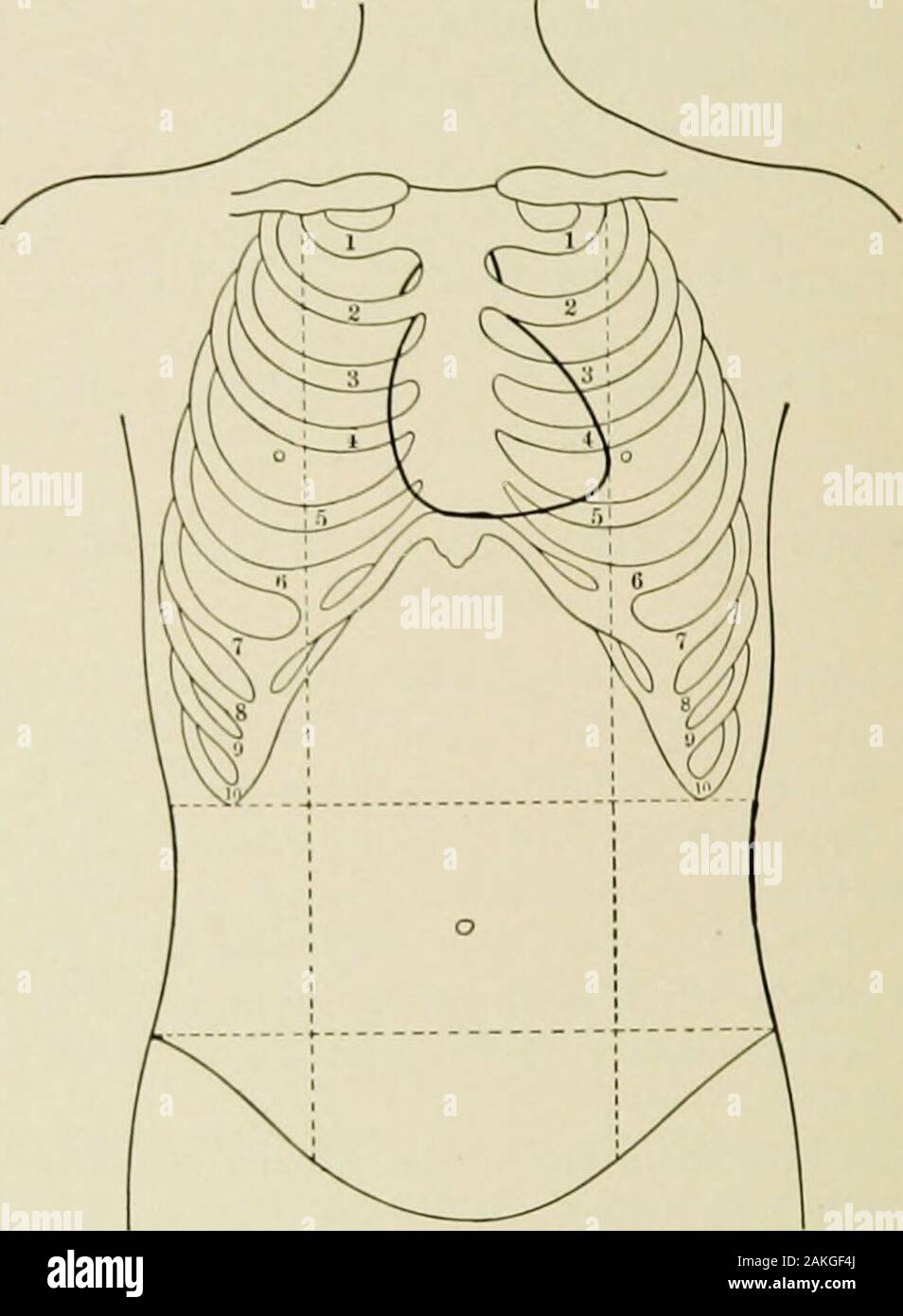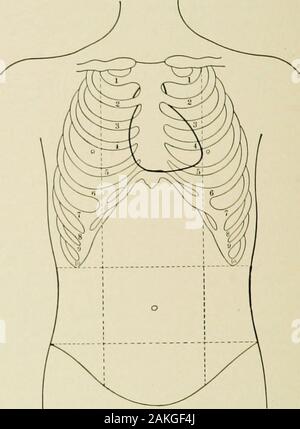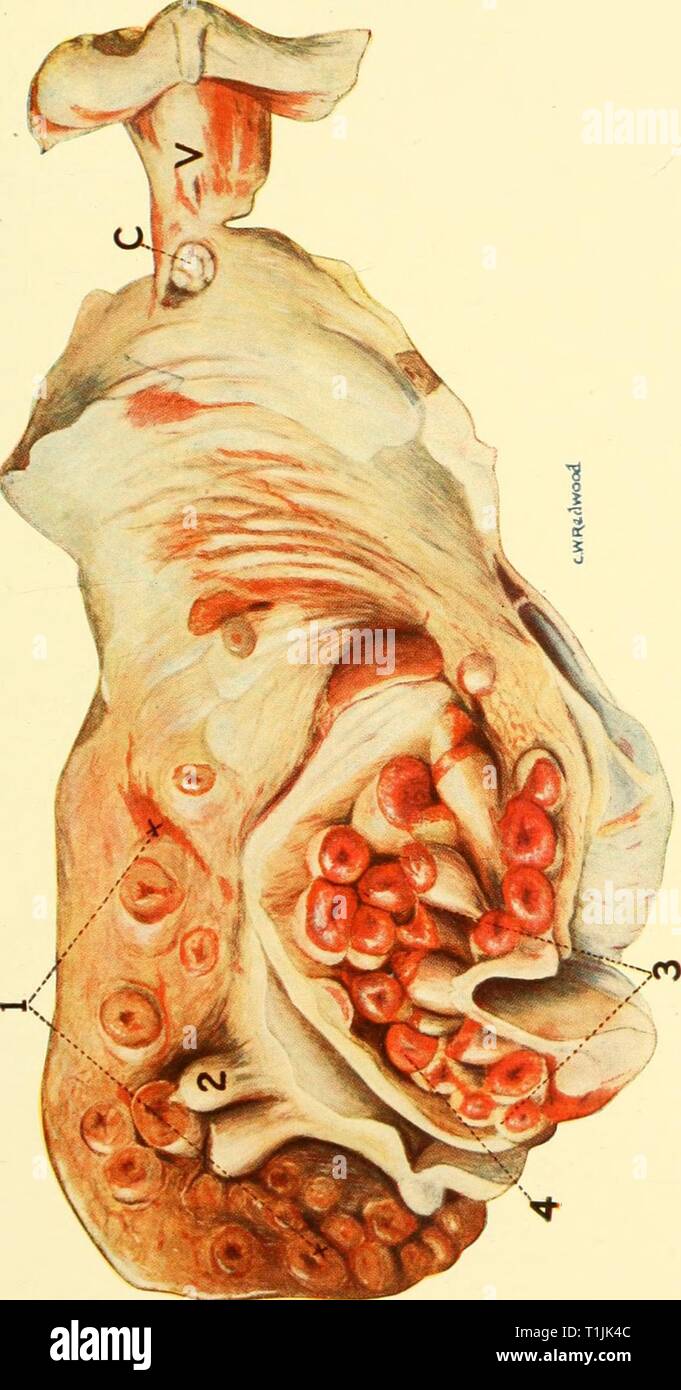
The practice of pediatrics . ility, (d) Felt or not, between the beats. 4. The condition ofthe arterial wall. 5. Any special peculiarities. The chest is now examined. First the heart, by
4.5 (422) In stock

4.5 (422) In stock
Download this stock image: The practice of pediatrics . ility, (d) Felt or not, between the beats. 4. The condition ofthe arterial wall. 5. Any special peculiarities. The chest is now examined. First the heart, by inspection, palpation,percussion, and auscultation, and, if necessary, by radiography. Afterthe heart the lungs will be investigated, and the vessels in the neckcan be observed. The abdominal organs are next investigated and three special pointsare noted: 1. The condition of the liver. 2. The condition of thespleen. 3. The presence or not of ascites. (683) 684 DISEASES OF THE HEART AXD BLOODVESSELS The lower e - 2AKGF4J from Alamy's library of millions of high resolution stock photos, illustrations and vectors.

Chapter 18 Mastering Flashcards

NRM 1 Fundamentals of Nursing - LETPSYCHOMETRESPIRATORY THERAPYCIVIL SERVICENAPOLCOM NCLEXDHAHAAD* - Studocu

PDF) Analysis of Heart Treatment and Its Impact on Socioeconomic Conditions on the World Community

Solved Case Study #3 - Cardiovascular G.L. is a 56-year-old

Part IV • Learning

Paediatrics Thoracic Key

Ororo Munroe (Earth-616), Marvel Database

Precardial examination basics

The practice of pediatrics . ility, (d) Felt or not, between the beats. 4. The condition ofthe arterial wall. 5. Any special peculiarities. The chest is now examined. First the heart, by

PDF) An Alternative Approach to Isometric Exercise Training Prescription for Cardiovascular Health

Organs 3 hi-res stock photography and images - Page 8 - Alamy

Palpation liver hi-res stock photography and images - Alamy

Abdominal diseases hi-res stock photography and images - Page 9 - Alamy

i1.rgstatic.net/publication/309438106_Evaluation_o